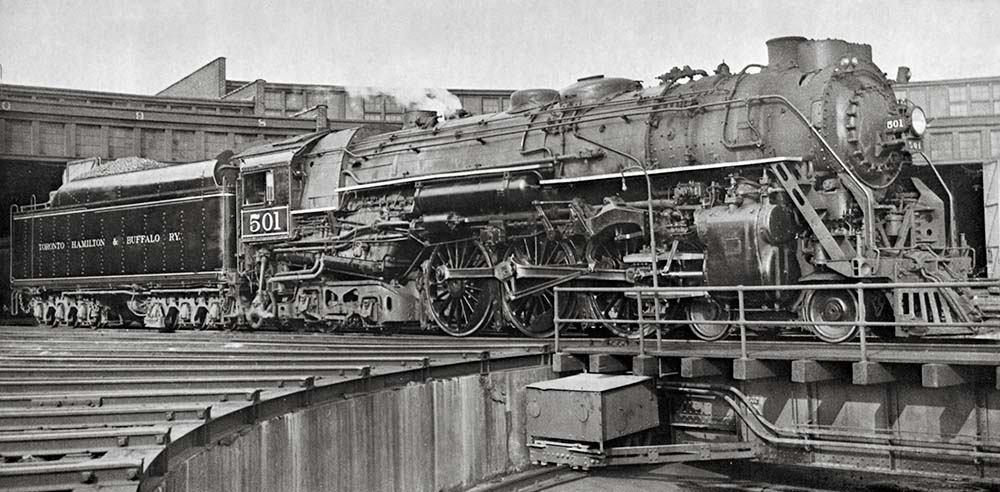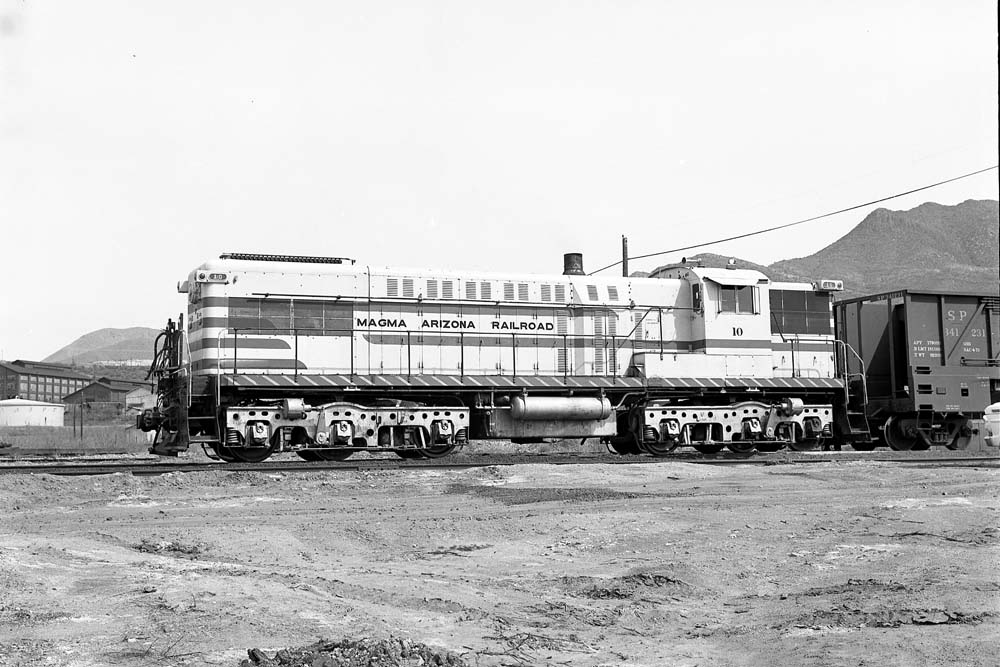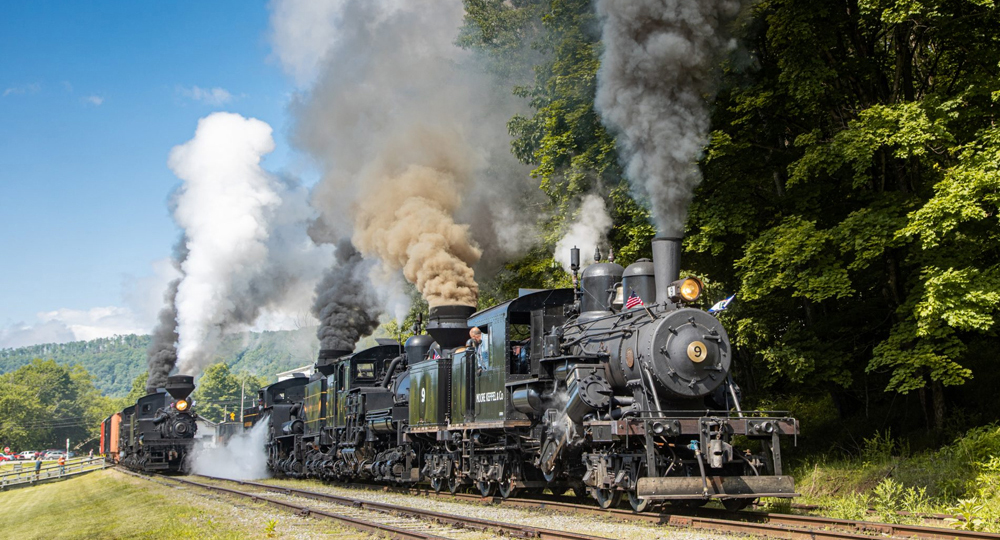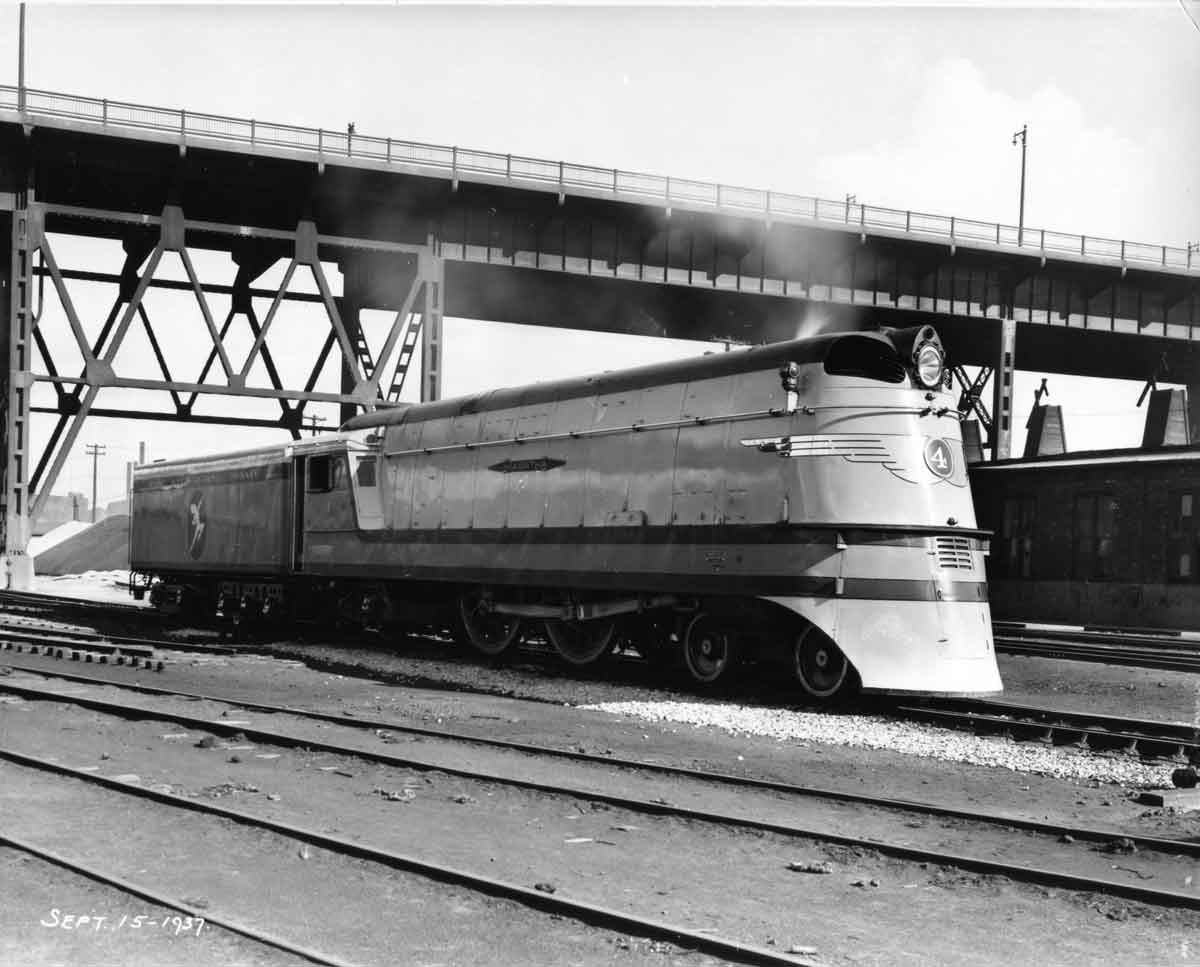The New York Central diesel roster showed diversity in an era known for experimentation.
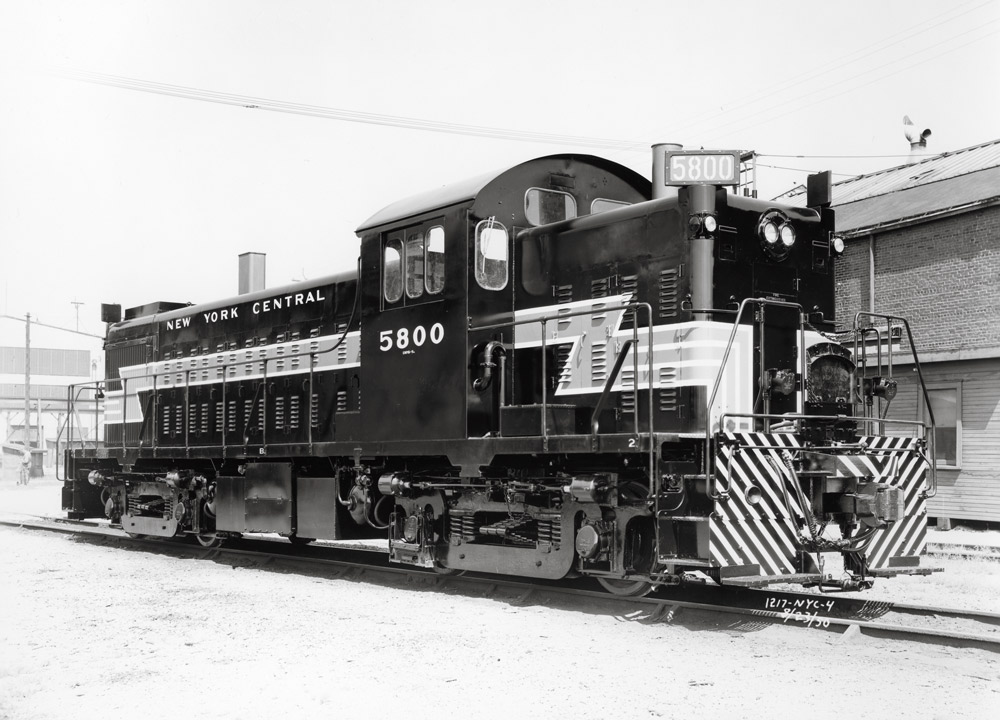
Major railroads with deep financial pockets have the freedom to spend money for equipment like the proverbial kid in the candy store. Among them, you’d have to include the mighty New York Central. Nicknamed the “The Water Level Route,” the NYC blanketed the Northeast and Upper Midwest with fast passenger and freight trains not only along its principal mainline between New York and Chicago, but also via a complex spider web of secondary mains and feeder lines, thanks to several subsidiaries that extended into New England, Michigan, Indiana, West Virginia, and even Canada.
Steam was vanquished by 1957, but NYC’s legacy was impressive, highlighted on the front line by 4-8-4 Niagaras, 4-6-4 Hudsons, and 4-8-2 Mohawks, backed up by capable 4-6-2 Pacifics, 2-8-2 Mikados, and 2-8-0 Consolidations. For dramatic evidence, look no further than David P. Morgan’s classic The Mohawk That Refused to Abdicate, and Other Tales, the 1975 book beautifully illustrated by photographer Philip R. Hastings.
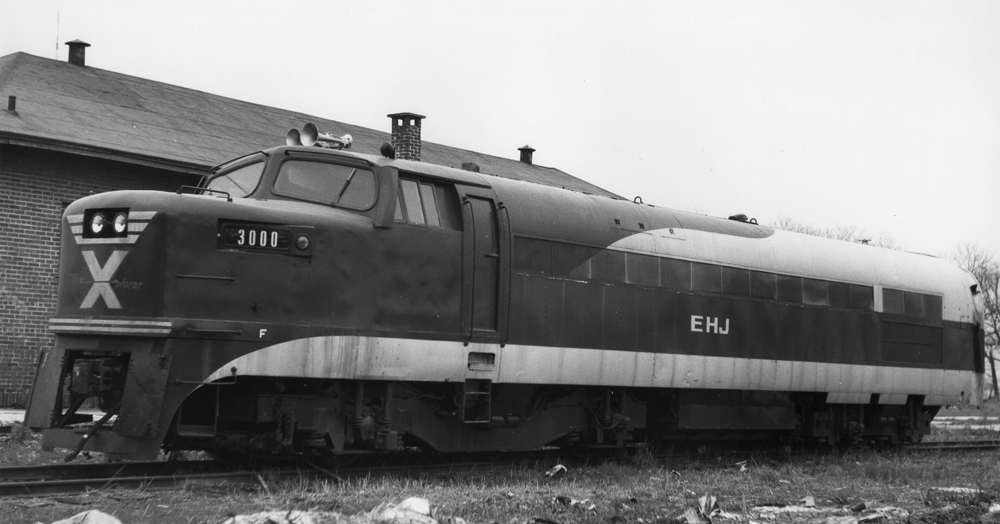
In dieselizing, the Central, as it was known, was just as impressive.
New York Central demanded diverse diesel equipment to meet a set of operating conditions ranging from manufactured goods and intermodal trailers and containers to agricultural commodities to raw materials such as coal. Early purchases included a 1928 750 hp box-cab road diesel built from the combined efforts of Alco, General Electric, and Ingersoll Rand. Other passenger and freight box cabs were followed next by an interesting set of diesel-battery-electrics for service in New York. Various small center-cab switchers rounded out the roster, replacing steam engines in cramped yards in densely populated cities.
As diesel locomotive technology evolved, Central eagerly purchased more standardized units from a variety of builders, including Electro-Motive Corp. — which eventually became Electro-Motive Division of General Motors — along with Alco, General Electric, Fairbanks-Morse, Baldwin, and Lima-Hamilton. The NYC acquired road switchers, cab units, switchers, and transfer units from nearly every builder, some unique to the railroad.
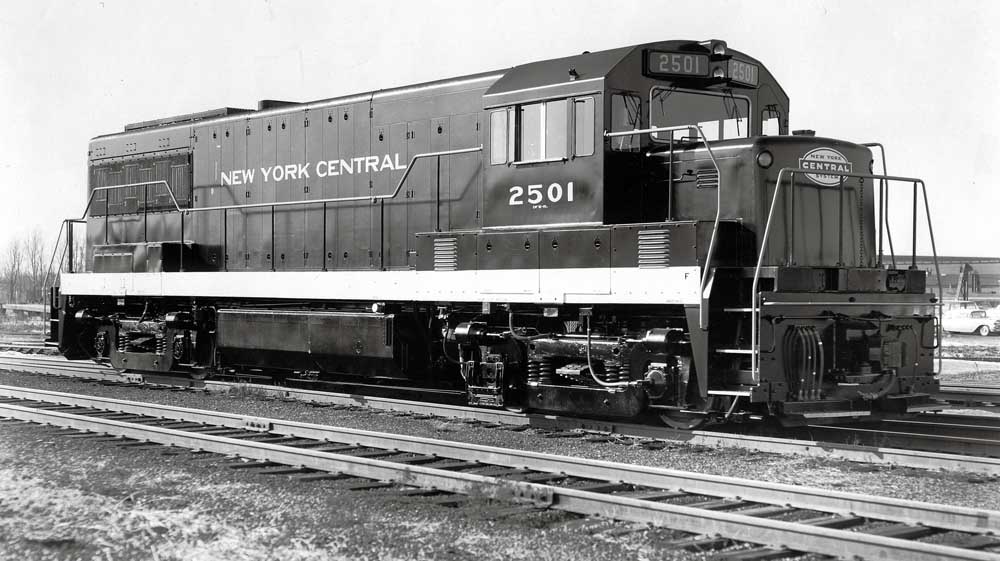
At one time or another, NYC’s roster included various models of freight and passenger cab units in a variety of configurations: passenger cab units, end-cab switchers, light and heavy road-switchers, and even a stylized road unit for lightweight Talgo passenger-train equipment. Other builders offered units for almost any situation, and Central was more than happy to oblige with an open checkbook.
Eventually, as with all things mechanical, the minority builders began to fall away, along with their products. After achieving average locomotive lifespans, well-used early FM diesels, Baldwins, and Alcos were traded in for newer units from EMD and GE.
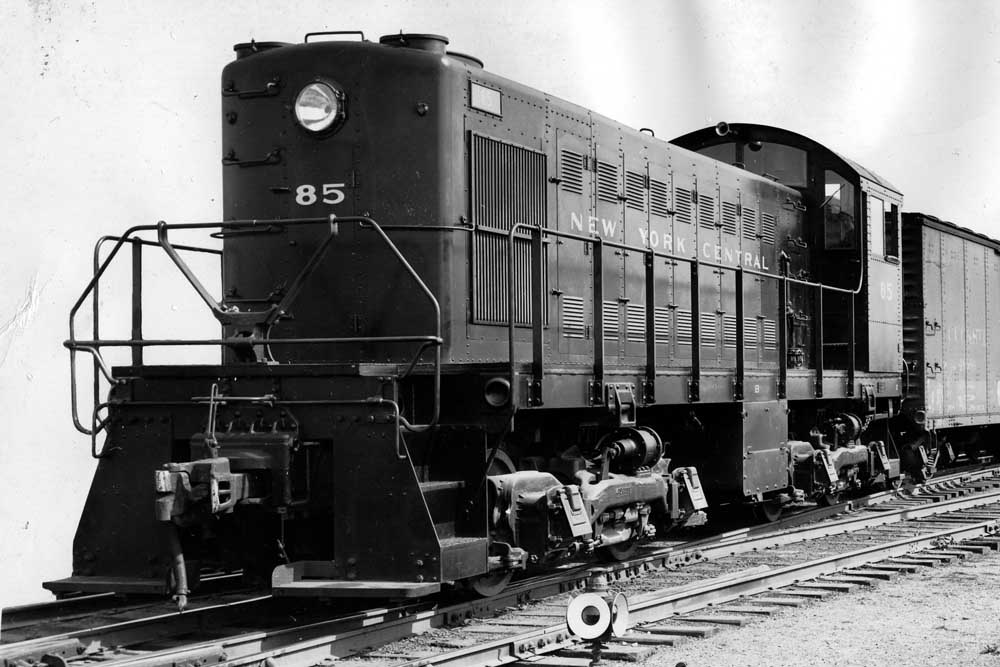
For a fantastic resource on the New York Central diesel roster, visit the New York Central System Historical Society.






